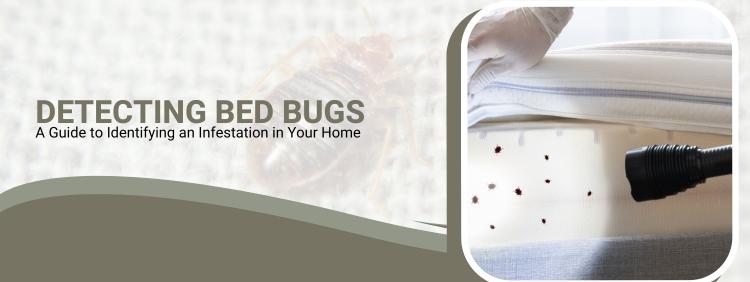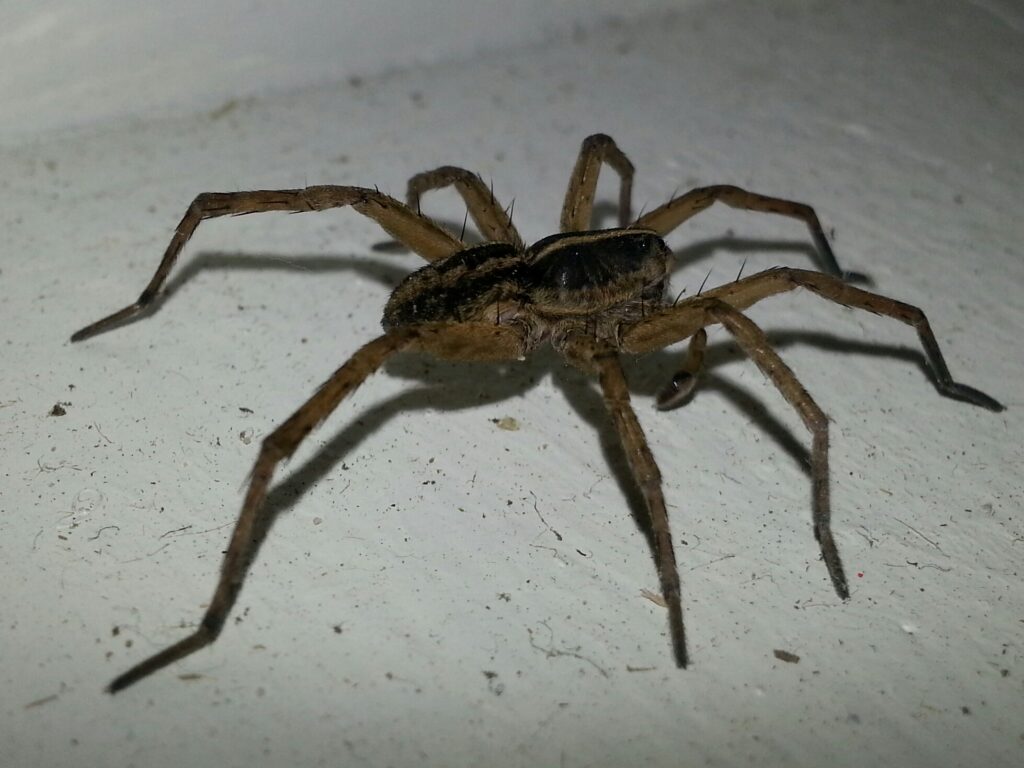 Bed bugs are common household pests that can be difficult to detect. These pesky insects are small, flat, and love to hide in the crevices of your mattress and furniture. Identifying an infestation early on is crucial for effective bed bug pest control.
In this article, the experts at Truly Nolen will discuss the signs you need to look out for when trying to detect bed bugs in your home. We'll cover how to inspect your bedding, headboard, and furniture for evidence of them. Additionally, we'll explore the most effective bed bug treatment options available to help you get rid of these troublesome creatures. Whether you're dealing with a minor infestation or a major problem, this guide will provide you with the essential information you need to keep your home protected.
Bed bugs are common household pests that can be difficult to detect. These pesky insects are small, flat, and love to hide in the crevices of your mattress and furniture. Identifying an infestation early on is crucial for effective bed bug pest control.
In this article, the experts at Truly Nolen will discuss the signs you need to look out for when trying to detect bed bugs in your home. We'll cover how to inspect your bedding, headboard, and furniture for evidence of them. Additionally, we'll explore the most effective bed bug treatment options available to help you get rid of these troublesome creatures. Whether you're dealing with a minor infestation or a major problem, this guide will provide you with the essential information you need to keep your home protected.
Signs of an Unwanted Visitor: Red Flags to Look For
When it comes to identifying an infestation in your home, awareness is key. Being vigilant about looking for signs of their presence can help nip the problem in the bud. Here are some major red flags that you should be on the lookout for:- Blood Stains: Bed bugs feed on blood, and can leave small blood stains on your sheets or pillowcases. While these stains can be subtle, they are a sure sign of a problem.
- Dark Spots: These pesky critters also leave behind fecal spots. Look for small, dark spots on your mattresses, box springs, bedding, and walls. They can resemble black pepper grains.
- Egg Shells and Shed Skins: They moult and lay eggs, leaving behind small, yellowish egg shells and shed skins. These will often be found in areas where they tend to hide.
Peculiar Smell:
One often overlooked clue is the unusual smell that accompanies an infestation. If you notice a sweet, musty odour, it might just be bed bugs. Don't ignore your nose, it could be your first line of detection! Remember, these signs might be difficult to spot with the naked eye as they are tiny insects. However, by being observant and checking your home regularly, especially if you have recently travelled or had guests stay over, you can prevent a full-blown infestation. Keeping your home bug-free is all about being proactive. Next, let's talk about what to do if you've discovered traces of these unwelcome guests in your home.The Itchy Truth: Understanding Bed Bug Bites
Bed bug bites are one of the most recognizable and discomforting signs of an infestation. These tiny invaders feed on your blood while you sleep and leave behind itchy, red welts on your skin, which can often be mistaken for other insect bites. Recognizing these bites can be crucial to identifying an infestation in your home. The first thing to note about bites is their unique pattern. More often than not, the bites will appear in a straight line or in clusters on your body. The location of these bites is typically exposed areas where they can feed unhindered — commonly your face, neck, arms, and hands. Another peculiar aspect of bites is the time they take to appear. Unlike mosquito or flea bites, which show up almost immediately, symptoms of bed bug bites might not surface for several days. So, if you wake up with itchy welts, but haven't noticed any bugs, this could still be a sign of an infestation.Reaction to Bites: Individual Variability
It's important to keep in mind that everyone reacts differently to bites. Some people might develop symptoms almost immediately, while others might not show signs of a bite for several days. In some cases, individuals might not react to these bites at all. Therefore, the absence of itchy welts does not conclusively rule out an infestation. While these bites can be incredibly itchy, refrain from scratching as it can result in infection. Instead, you can alleviate the itching with antihistamine creams or oral medications. In case of severe reactions, make sure to consult a healthcare professional. Despite their itchy inconveniences, bites are not known to transmit diseases. However, the frequency and number of bites can potentially lead to health problems, such as insomnia and anemia, emphasizing the need for quick and efficient pest control.Don't Bring Them Home: Tips for Avoiding Infestations
Protecting your domain from bed bugs involves an ounce of prevention and a truckload of attentiveness. Here are some effective strategies that will help you ensure that these unpleasant guests don't find their way into your home.
- Second-Hand Furniture: While thrift shopping can be a great way to furnish your home affordably, it's crucial to thoroughly inspect any second-hand furniture you plan to acquire, especially beds and couches. Remember, they are experts at hide and seek, thriving in the seams, buttons, and furniture folds.
- Travel Wisely: Hotels, motels, and other accommodations can sometimes harbour them. Upon checking into your room, remember to inspect the bed linens, mattress, and bed frame for signs of them. Also, it's wise to use luggage racks to keep your suitcases off the floor and away from the bed.
- Act Immediately: If you detect signs of them at home, quick action can prevent the infestation from spiralling out of control. Seek professional pest control services sooner than later to nip the problem in the bud.
Maintain Order: Regular Cleaning
Regular cleaning of your home can go a long way in preventing an infestation. This involves going beyond the usual vacuuming and tidying up.- Heat Treatment: They can't survive in high temperatures. Wash your bedding, curtains, and clothes in hot water regularly and dry them in the highest dryer setting. For items that can't be washed, such as shoes or stuffed toys, run them through a hot dryer cycle for about 30 minutes.
- Declutter: A cluttered home is a bed bug's paradise, offering numerous hiding spots. Keep your home clutter-free, particularly around your bed. This not only reduces hiding spots for these pests but also makes detection much easier.
- Seal Cracks: Seal cracks and crevices in your home using caulk, giving them fewer places to hide and potentially nest.

